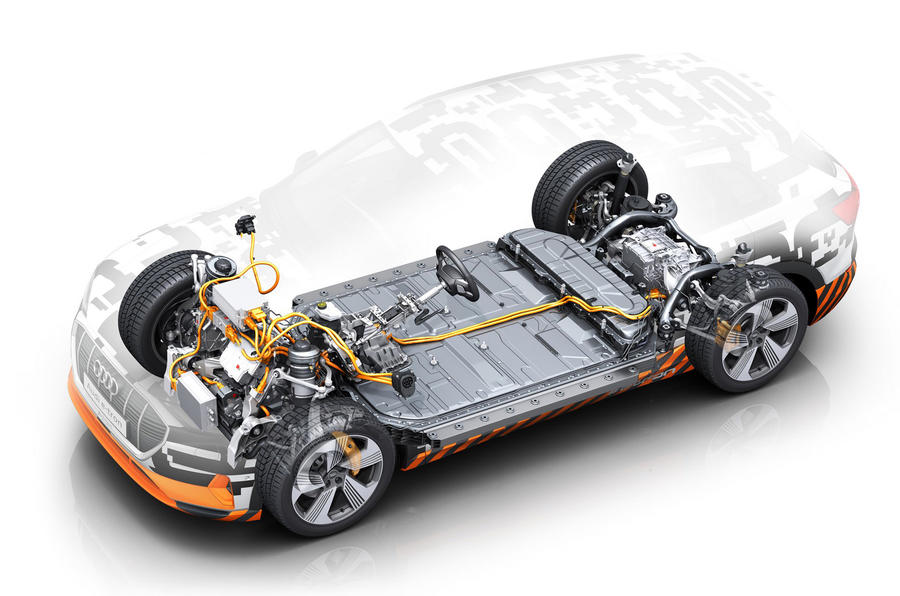July 11, 2019

Electric vehicles have been shaping the world for the last several decades. As technology continues to advance, many modern markets are affected, including raw resource expeditions that must match demands for future developments. The lithium market is one such expedition, as many electric vehicles use lithium as a primary material for these batteries. Slowly, as the world begins to move towards a lower-carbon future, lithium becomes more and more desired in a variety of markets, which, in turn, has a number of business and environmental implications. Lithium is sometimes called "white petroleum" because of how vital a component it is, and, recently, key delegates have gathered in Chile to discuss the future of lithium advancements in the industry.
Almost three-quarters of the entire world’s raw lithium materials come from Australian mines or lakes in Chile. This gives these countries leverage with their customers as more and more businesses seek deals with new mining startups. These nations hope that the driving industries help bring more manufacturing and refining plants, which could optimize the domestic technology industries and improve GDP.
Large scale batteries became available as a storage option after extensive developments and research. The Tesla brand itself began to push the envelope after a challenge by Elon Musk to improve South Australia's energy grid. Though the challenge was originally for 100 days, it only took the team 63 days to build the largest lithium-ion battery in the world. The battery was able to kickstart the region's backup power in less than a second, and it used renewable energy as a primary power source.
This storage system was also able to cut the energy costs for many consumers in the region. Through the buying and selling power produced by such a development, many analysts are optimistic to see what such developments may bring to the automotive market. However, there may be unforeseen issues to consider. As the demand for lithium batteries continues to rise, environmental factors become an obvious risk for large-scale battery development operations. Coupled with other component issues, many manufacturers may need to plan ahead for long-term issues.
In order to construct these batteries, growing businesses need immediate access to rare earth metals and materials that require very heavy manufacturing and mining. These operations typical result in significant emissions and pollutants, and most major components, like nickel, cobalt and lithium, are only available in finite amounts in the world. This means that eventually there may be too few resources available to keep up with constant demands. As such, professionals will need to find the appropriate changes to make to the construction process in order to both deal with the eventuality of dwindling supplies and reduce active pollution now.
Hello {{User.FirstName}} {{User.LastName}}.
You are logged in with email {{User.Email}}.